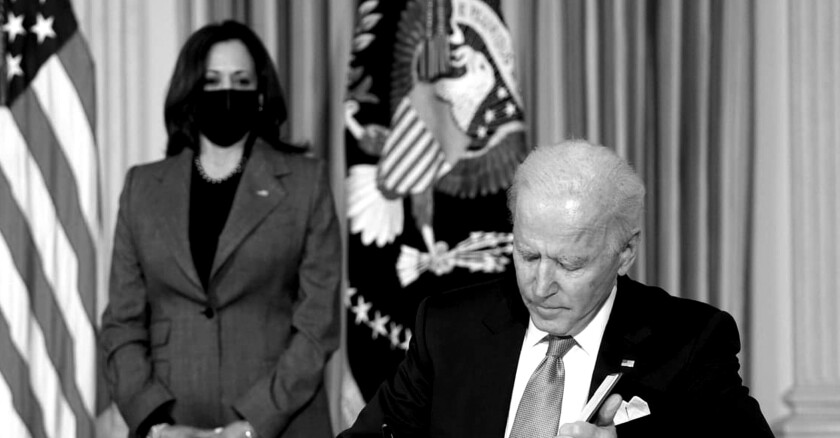In March, $350 billion was earmarked from the $1.9 trillion American Rescue Plan to provide fiscal relief for states, localities and tribal governments. Of that $350 billion, states received $195.3 billion, followed by $130.2 billion for local governments, $4.5 billion for territories and $20 billion for tribal governments. So far, a portion of these funds has gone toward improving unemployment benefits systems, expanding broadband infrastructure and bolstering COVID-19 initiatives, among other efforts to combat some of the difficulties presented by the pandemic.
For example, the American Rescue Plan provides states with $2 billion from the Department of Labor to develop systemwide program integrity improvements, remove access barriers and clear up backlogs. State labor departments also utilized these funds to modernize their UI benefits systems, focusing on validating identities and preventing fraud. Other funds, including $7.59 billion from the Centers for Disease Control and Prevention, were put toward administering, monitoring and tracking COVID-19 vaccines, and $46 billion went to COVID-19 testing and contact tracing, along with building more testing sites, enhancing IT, data modernization and reporting.
President Biden’s infrastructure spending bill focuses on improving cybersecurity by creating a grant program with $1 billion of funding through fiscal year 2025 to enhance jurisdictions’ security postures. A separate Cyber Response and Recovery Fund allows the federal Cybersecurity and Infrastructure Security Agency to assist state, local and tribal governments and private-sector organizations during the aftermath of a cyber attack.
Other areas such as broadband also got a significant boost from the infrastructure spending bill, with $65 billion put toward bringing high-speed Internet to places where it is either unavailable or prohibitively expensive for those who need to connect. From these funds, $42.5 billion will establish the Broadband Equity, Access and Deployment Program administered by the Department of Commerce. The program will provide states with funds for broadband deployment and digital equity and help them meet congressional funding requirements.
Biden’s executive order creating the U.S. Digital Corps to add new tech talent to the federal government was another return to pre-Trump policies, harkening back to efforts like 18F and the U.S. Digital Service, which while still active had been somewhat under the radar for the previous four years. The corps includes a two-year fellowship program for early career technologists focused on enhancing government technology and innovation, including work on critical governmental issues ranging from coronavirus response to cybersecurity and economic recovery. Federal offices are also attracting more state and local tech leaders to their ranks. For more on who made the jump to the Biden administration, see Linking In on p. 43.
In another executive order, the Biden administration looked to advance racial equity and provide support for underserved communities. To do this, an interagency group has been established to identify inadequacies in federal data collection policies and programs to recommend strategies for addressing any deficiencies. According to the order, it will allow the president’s administration to “pursue a comprehensive approach to advancing equity for all, including people of color and others who have been historically underserved, marginalized and adversely affected by persistent poverty and inequality.”
This issue has particularly impacted state and local governments after it was found that nearly half of states did not report data on race or ethnicity on those who were tested, hospitalized or died of COVID-19. To combat this problem, President Biden signed another executive order to authorize his administration to collect, analyze and share key equity indicators related to the pandemic across the whole of government.
As for what’s to come, a significant portion of federal COVID-19 funds is still available, opening the door for more opportunities to address critical issues at all levels. And the need for modern, user-focused tech systems that effectively administer massive benefit programs to citizens suggests continued attention from the feds on the work of state and local IT.















